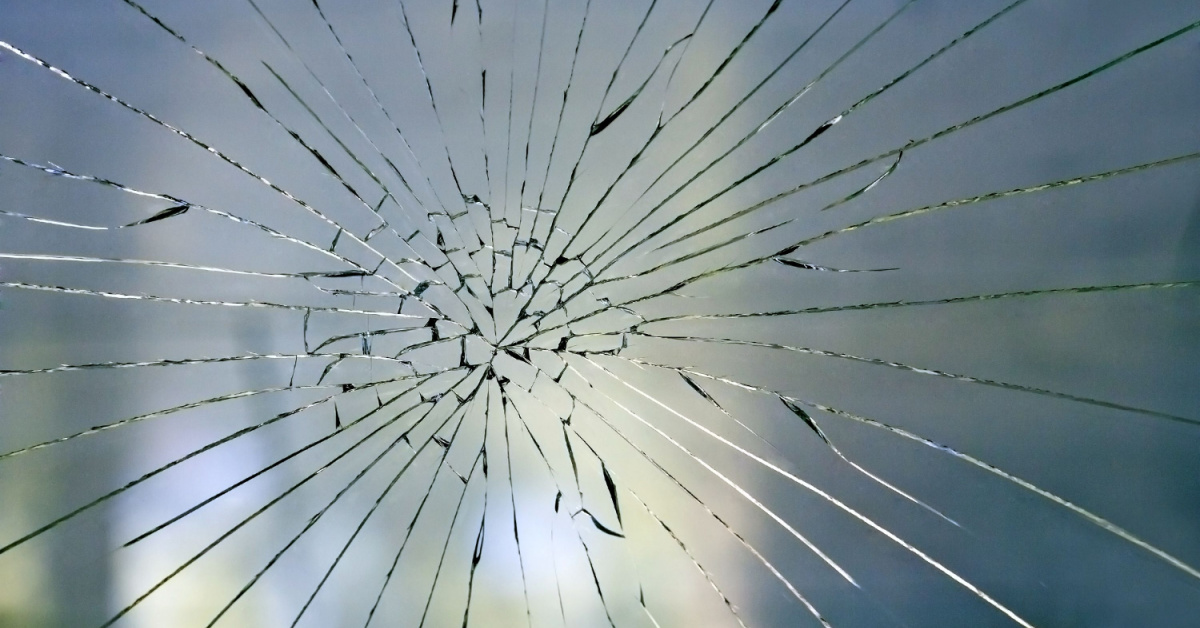
In 1966, the Minnesota Mining and Manufacturing Company, known as 3M, was given the first patent for solar control window film. 3M created the film with the goal to protect the people and items that matter most.
FIRST: DYE-BASED FILM
The first solar control window films were dye-based. These films had two layers: one with the dye, which absorbed the sun rays, and another with the adhesive, which attached the film to the window.
But, the issue with dye-based films is that after prolonged sun exposure, they began to turn a deep purple color and end up with a bubbly texture. This is caused by the absorption of the sun’s heat into the film instead of rejecting it. Because of this, the dye-based film has a decently short lifespan.
TRANSFORM THE WORLD INTO COLOR
While originally used for mostly automotive intentions, people began to install them in their homes and businesses. The first window films were transparent, and colored films quickly came into high demand. Colored films provided more privacy and sun control, while at the same time complementing the aesthetics of the area where they were installed.
Security Films
The 1970s saw the introduction of security films to the window film market. At the time, there was an international necessity to improve safety and security in the midst of terrorist acts.
LOWER ENERGY CONSUMPTION
In 1973, the Organization of Arab Petroleum Exporting Countries (OAPEC) imposed an embargo causing a shortage of fuel and an influx of gas prices, a time that is now known as the energy crisis of the 1970s. Window film quickly became a common solution to use when trying to trap heat within a confined space. Which in turn reduced the amount of heat lost to the outside and therefore minimized energy consumption.
THE INTRODUCTION OF METALIZED FILMS
In the 1990s, metalized films were introduced to the window film market. These films consisted of a metallic coating that helped reflect the sun’s heat and UV rays. Unlike the previously used dye-based films, these didn’t alter the color or texture appearance of the glass they were installed on. These films reduce up to 50% of the heat allowed through the glass.
One downfall of these metalized films was that due to their metallic composition, they interfered with electronic devices and even car radios.
CERAMIC WINDOW FILMS
Recently, ceramic window films have been introduced to the window film market. While they are currently the costliest window film option, they are also the best quality. Ceramic films stop up to 99% of UV light, reduce glare from the sun and efficiently reduce up to 59% of solar energy. Due to their ceramic makeup, they don’t interfere with electronics, unlike metalized films.
Today, 3M is the only manufacturer in the world that produces their own polyesters, adhesives, metals, and scratch-resistant coatings that go into their films’ multi-layer technology. This means that 3M can control all aspects of quality, allowing them to provide their customers with the highest quality window films backed by a comprehensive warranty with a trustworthy company.






